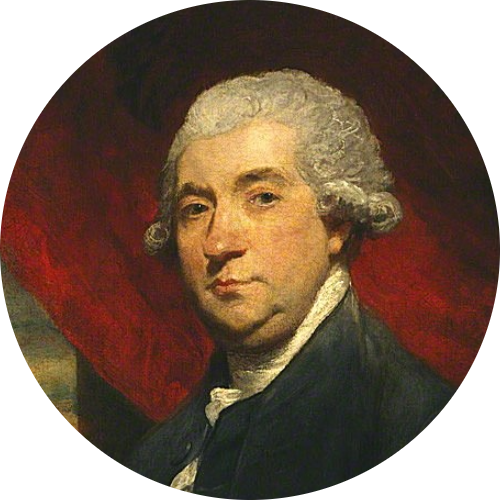Brewse was a military engineer, who, in 1749 as part of Edward Cornwallis' expedition there, created the first surveys of Halifax in Nova Scotia. He was largely responsible for building the defences of the town, protecting it against native and Acadian attacks. In 1757, when the engineers received military status, he was given the title of Captain Lieutenant, and in 1758 he participated in an expedition against Louisbourg, Île Royale. In 1762 he is known to have been stationed in Portugal, helping build up defences against the Spanish, and he later spent several years at the Ordnance office in London. He was a Major in the Royal Engineers from 1772 to 1777, before, in 1778 as a Lieutenant-Colonel, being appointed Chief Engineer of Minorca. He was promoted Colonel in 1780.
Brewse had at least one daughter, Mary, who married Lieut. William Kesterman, also of the Engineers.
While on the tour of Scotland in 1773, Boswell and Dr Johnson met Major Brewse, as he then was, at Fort George near Inverness. In his journal, Boswell described him as "a man who seemed to be very intelligent in his profession, and spoke with uncommon deliberation and distinctness.".
During their conversation Brewse said "he believed [Brewse] was originally the same Norman name with Bruce. That he had dined at a house in London where were three Bruces, one of the Irish line, one of the Scottish, and himself of the English line. He said he was shown it in the Herald Office spelled fourteen different ways. I told him the different spellings of my name. Mr Johnson observed that there had been great disputes about the spelling of Shakespeare’s name."1
